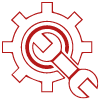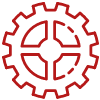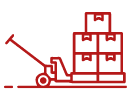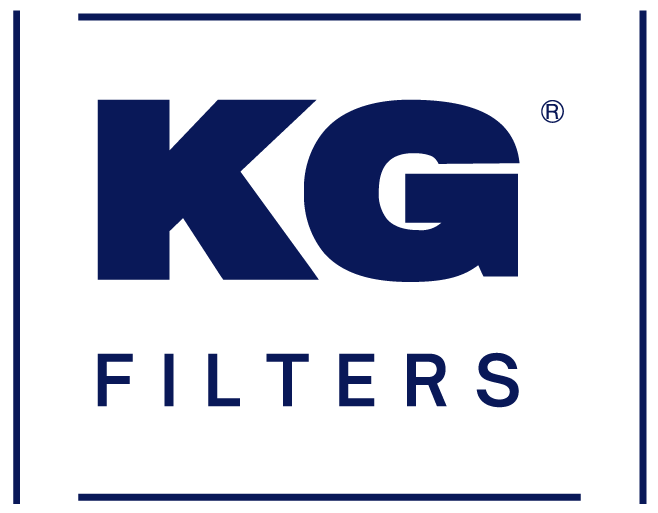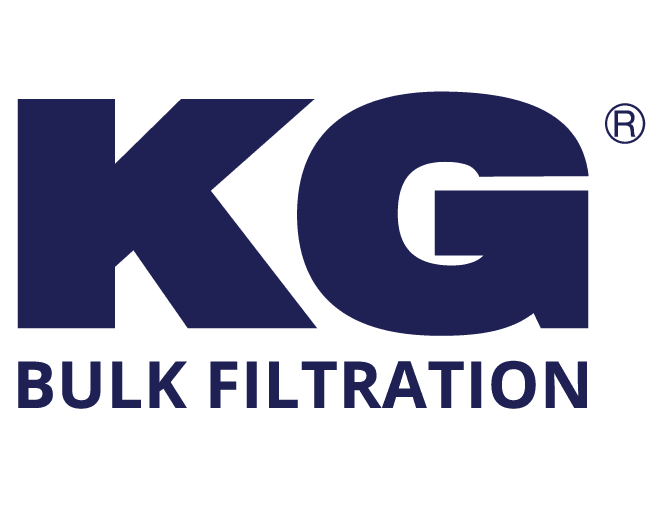The significance of bearings is paramount in the intricate world of mechanical components. They are the backbone for numerous machines, enhancing performance and extending service life. This blog aims to provide information about the different types of bearings, detailing their mechanics, significance, and applications. We will start by understanding how bearings function, moving into their essential role in machinery, and examining diverse types of bearings and their specific functions. Equipping yourself with this knowledge ensures your mechanical components achieve optimal performance and longevity.
How Does a Bearing Work?
A bearing is a sophisticated device that facilitates constrained relative motion between two or more machine parts, typically allowing only rotation or linear movements. By minimizing friction between these moving parts, bearings enhance operational efficiency and conserve energy. They achieve this through elements like balls or rollers that distribute the load and reduce the contact area susceptible to friction. This not only decreases wear but also significantly lowers energy consumption in machines.
Why Are Bearings Important?
Bearings play a critical role in the functionality of a broad spectrum of machinery, ranging from small household devices to large-scale industrial equipment. These are crucial because they minimize friction, boost the efficiency of machines, and prolong their operational life. In environments without bearings, machinery would require frequent maintenance, incur high costs, and have a reduced operational lifespan, thus hampering productivity and increasing costs across many industries.
Different Types of Bearings and Their Functions
Deep Groove Ball Bearings
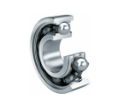
Deep groove ball bearings are highly favored for their versatility and dependability. They are engineered to manage radial and axial loads efficiently and are renowned for their robustness and low maintenance needs. These bearings are suitable for various applications, including automotive, industrial, and manufacturing sectors.
Angular Contact Ball Bearings
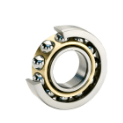
Angular contact ball bearings are engineered to support combined loads. They excel in high-speed applications and can be used singly or in pairs to manage heavier loads and provide stiff arrangements. Their unique design allows them to excel in precision applications such as automotive components and high-speed machinery.
Self-Aligning Ball Bearings
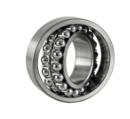
Self-aligning ball bearings are particularly useful in applications where misalignment might occur between the shaft and the housing. These bearings are designed with two rows of balls and a common sphered raceway in the outer ring, which allows them to adjust to positional inaccuracies, making them ideal for applications where shaft misalignment is an issue.
Thrust Ball Bearings
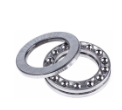
Thrust ball bearings are designed to handle axial loads predominantly and are not suitable for radial loads. They are commonly utilized in applications where axial loads are prevalent, offering low-speed functionality and the ability to handle thrust loads efficiently.
Roller Bearings
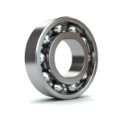
Roller bearings, which use cylindrical rollers instead of spherical balls, provide a larger contact area with the raceway and can handle heavier loads. This type of bearing is particularly beneficial in applications requiring robust load-bearing capacity, such as conveyor belt rollers and large industrial machinery.
Spherical Roller Bearings
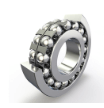
Spherical roller bearings are robust and can handle high radial loads and moderate axial loads from both directions. They are also capable of accommodating shaft misalignment, making them suitable for harsh environments and applications involving heavy loads and misalignment, such as in wind turbines and heavy machinery.
Cylindrical Roller Bearings
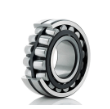
These bearings are designed specifically for handling high radial loads. Their structure allows for the thermal expansion of the shaft, which makes them particularly suitable for high-temperature applications and industries such as energy and steel manufacturing.
Tapered Roller Bearings
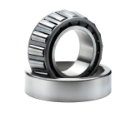
Tapered roller bearings are engineered to handle large loads effectively and are commonly used in car hubs due to their ability to simultaneously manage both radial and axial loads. Their design allows for handling heavy-duty tasks, making them suitable for use in automotive and industrial applications.
Needle Roller Bearings

Needle roller bearings feature small-diameter cylindrical rollers designed to handle high radial loads relative to their size. Their compact design makes them ideal for applications with limited space, such as automotive components and machinery, where space efficiency is crucial.
Engineering Tips on Determining the Ideal Bearing for Your Project
Selecting the correct bearing involves understanding several critical factors:
- Rotation Speed: Consider bearings with low friction coefficients for high-speed applications.
- Rigidity: Applications that require high rigidity are better suited to using tapered or spherical roller bearings.
- Accuracy: For projects demanding high precision, angular contact ball bearings or cylindrical roller bearings offer superior accuracy.
- Load: The nature and magnitude of the load are crucial in choosing the correct type of bearing. Roller bearings best serve heavy radial loads, while ball bearings can manage lighter loads effectively.
Conclusion
Selecting the appropriate bearing type is essential for optimizing machinery efficiency and durability. KG International provides comprehensive bearing solutions, including specialized options like thrust and deep groove ball bearings tailored to meet diverse industrial needs. By understanding the specific requirements of each bearing type and considering factors such as load, speed, and rigidity, you can select the most suitable bearing for your application. Visit KG International to ensure your projects operate smoothly and efficiently.




